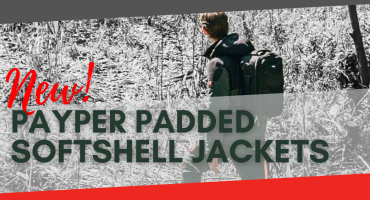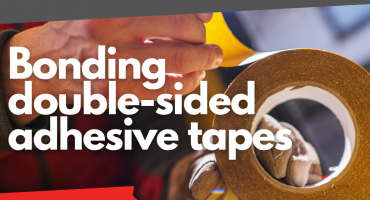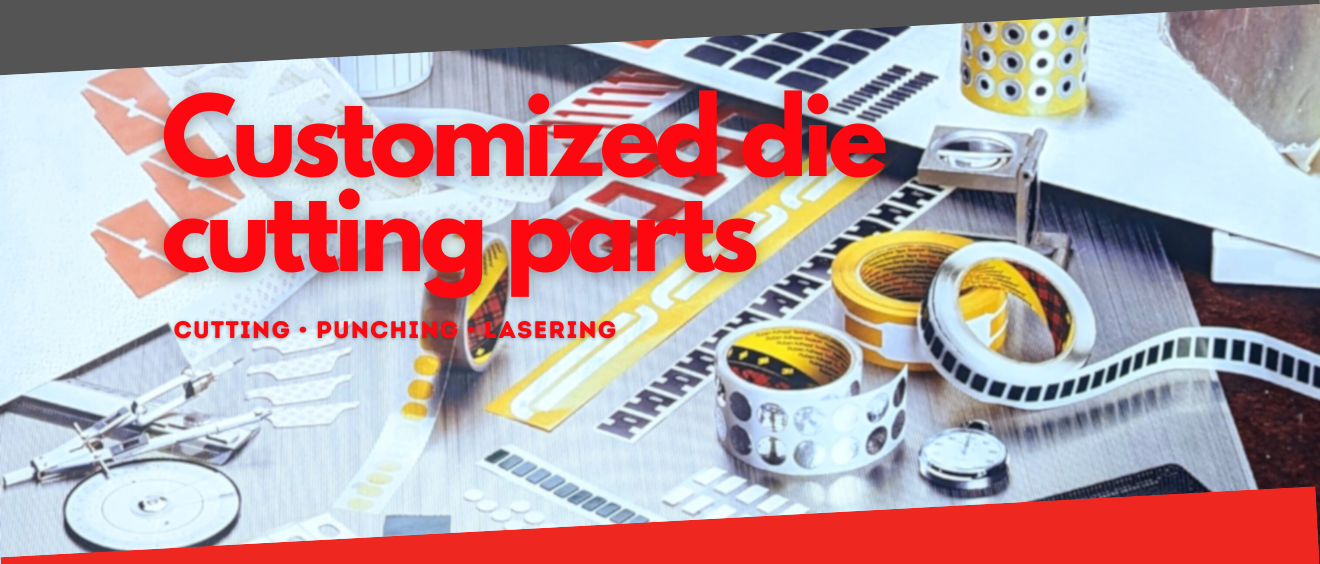
Die-cut parts from adhesive tapes, sealing materials and more!
Even if terms such as molded stampings or molded parts are not familiar to many at first hearing, these generic terms cover most types of seals, prefabricated adhesive stencils, in some cases also labels and all other articles where shapes can be cut, stamped or even lasered from a basic material. Applied in everyday life, these can be, for example, rubber seals for pipes, damping elements for mechanical parts, or even adhesive frames such as those found on the edges of displays for electronic items.
Another area of application where die-cut parts are often found are anti-slip coverings at entrances, on stairs or in wet areas such as bathrooms, kitchens or even production areas where a lot of moisture is used. The Safety-Walk™ material from 3M™ is predestined as a base material for these purposes and is already being used successfully in a number of companies in the above-mentioned sectors.
Cutting methods: Lengths and widths as they are needed
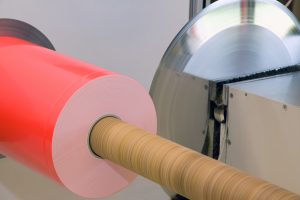
The situation is much more flexible when cutting adhesive tapes or foam tapes, which are often used as seals or dampers. These can be cut, set by their finer basic structure, to much finer dimensions. It is also possible to use cutting coils with these basic materials, which results in a more efficient processing process and thus also lower production costs and faster processing of larger quantities than individual cutting.
In the case of the last-mentioned anti-slip coatings, the production method used is generally cutting with a knife or, in most cases, even with a saw, due to the hardness and resistance of the material. In this way, a narrower width and also any length can be cut from a large roll, also called log roll or jumbo roll. However, here you must always take into account the basic nature of the material, which dictate a certain basic width and length.
Die cutting process: Customized geometries for films, adhesive tapes and more
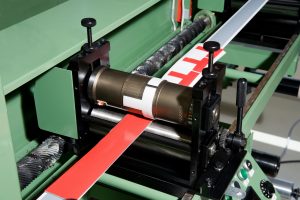
With efficient processing methods in mind, we come to stroke die cutting, flatbed die cutting and rotary die cutting. Simply summarized, these processes involve punching out simple geometries with the aid of a tool manufactured to customer specifications, either by lifting from above, or with the aid of a punching roller that travels over the base material. Which process is used for which part must be determined depending on the desired shape.
However, if the desired die-cut part has a more complex basic shape, production must be switched to either servo rotary die-cutting or the cutting plotter. In terms of the process, these involve somewhat more effort than the previously mentioned ones and also require somewhat more time in comparison, but allow for more elaborate and more precise molds.
Laser process: For individual solutions
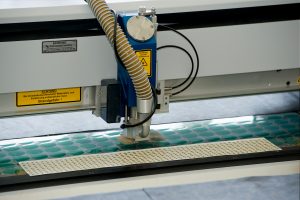
However, if the desired part is so detailed, or if only small quantities or samples are needed for prototype testing, the laser process is still an option. As the name suggests, this process uses a laser to cut the predefined geometry from the base material. Here, the cutting process itself is both an advantage and a disadvantage. Thus, the exact cut of the design of the part is only the limits of the base material. At the same time, however, only one part can be cut at a time, which makes production comparatively time-consuming.
On reel, sheet or single: customization on customer’s request
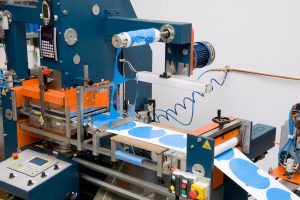
In addition to the various manufacturing processes, the final delivered condition of your molded parts is of course also a very important part of the product. Here, too, we offer various solutions for you. Starting with loosely die-cut parts, with or without peel-off aid, through sheet goods to roll goods with various application aids – there are virtually no limits to the final shape of the products supplied.
Whether you already have die-cut parts in use and want to get an alternative quote, have planned a die-cut part and now need a price, or have now come up with the idea of using a die-cut part because of this article – we’re here to help. Contact us either by phone at 06106 / 77960-0 or by message using the button below:
Request a die-cutting part now!


